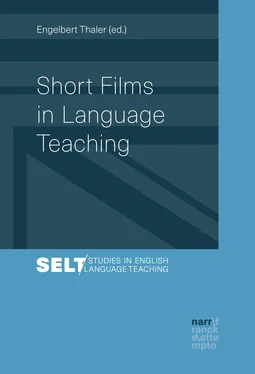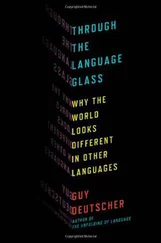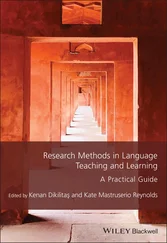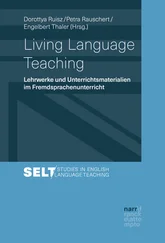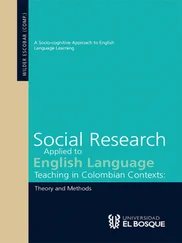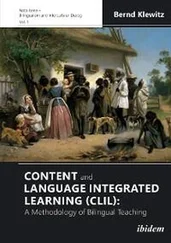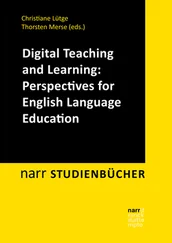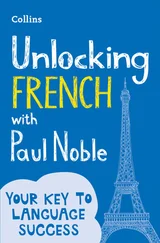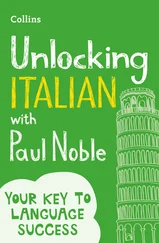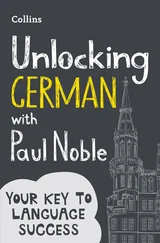Where can teachers – and learners – find suitable material when they want to make use of short films? The following table provides a few suggestions (Fig. 4).
| Film guides |
http://www.filmsite.org http://www.imdb.com http://www.filmclub.org http://filmeducation.org http://www.eslnotes.com/synopses.html |
| Learner film sites |
www.english-attack.com http://learnenglishteens.britishcouncil.org/uk-now/film-uk |
| Lesson plans |
http://lessonstream.org http://viralelt.wordpress.com |
| Film scripts |
http://www.dailyscript.com http://www.script-o-rama.com |
| Animated movie makers |
http://goanimate.com http://www.zimmertwins.com |
| Subtitling and revoicing |
http://www.grapheine.com/bombaytv http://clipflair.net |
| Kieran Donaghy |
http://filminaction.com http://film-english.com |
Fig. 4: TEFL resources
Short films may be classified according to length (one-second films, one-minute films, short shorts, etc.), genre (comedy, drama, documentary, horror, romance, sci-fi, thriller, etc.), topic (animals, coming-of-age, dance, superhero, etc.), or artistic claim (Heinrich 1997, Monaco 2009, Keddie 2014). Although in the era of post-modern hybridity, the boundaries between ad and art, or trash and treasure, are blurred, short films with rather aesthetic ambitions can be detected. These art shorts are also awarded prizes at international short film festivals such as the Tampere International Short Film Festival or the New York Short Film Festival. An example well worth seeing is Father and Daughter (2000), a multi-award winning 8-minute animated film directed by Michael Dudok de Wit, which completely forgoes any dialogues (see Pessozki in this volume).
Apart from art shorts, one can find several traditional types whose artistic ambitions are limited (Keddie 2014, Thaler 2014, 2000):
music videos
sketches / skits
trailers
TV news
weather forecasts
interviews
commercials
Brave new digital world has recently given birth to further innovative short film genres (Donaghy 2015: 25ff., Fig. 5).
New types of short films
1. Branded Shorts
short films created for a company / brand ▶ fusion between advertising and entertainment, innovative narratives, high production standards
2. Social Shorts
dealing with social themes such as poverty, homelessness, discrimination ▶ social awareness, emotional involvement, dramatic appeal
3. Literal Music Videos
music videos in which the original lyrics have been replaced by lines that depict the content of the visuals ▶ parody, wit, musical appeal, cinematic analysis (!), working with lyrics (vocabulary)
4. Infographic Films
animated representations of information, data, knowledge ▶ full of facts, appealing to visual learners
5. Viral Shorts
short films that become very popular through being shared rapidly and widely on the Internet ▶ funny, strange, powerful, discussing the impact
6. Animated Lectures
lectures created by pairing leading experts in a field with talented animators ▶ intellectual challenge, reduction of complexity by combining audio, text and attractive animation, presenting world-renowned experts (example: RSA ANIMATE: Changing Education Paradigms, talk given at the RSA by Sir Ken Robinson, www.youtube.com/watch?v=zDZFcDGpL4U)
7. Split-screen Shorts
films with a visible division of the screen into two halves, with different moving images in each half ▶ discussing similarities and differences between the two screens
8. Response Films
shorts which criticise or parody the content and message of another film (viral or branded shorts), often in a humorous or hard-hitting manner ▶ criticism of the original, promoting critical thinking, learners producing their own film as a reaction to a manipulative clip
9. New Silent Short Films
shorts without any dialogue, produced recently ▶ lack of text, suitable for various proficiency levels
10. Mash-ups
montages or combinations of two or more already existing films ▶ promoting genre competence, producing one’s own mash-ups
Fig. 5: New short film genres
An example of a viral short, which treats a current problem in an illuminating yet non-obtrusive manner, is delineated in Fig. 6.
| Title |
I Forgot My Phone |
| Type |
Viral short |
| Source |
www.youtube.com/watch?v=OINa46HeWg8 |
| Synopsis |
The two-minute film, a hyper-real vision of everyday life, shows various social situations, in which groups of people are utterly engrossed by their phones instead of the world around them. Whether it is taking in a spectacular view, holding a conversation with friends, innocently enjoying a swing, or lying in bed with a partner, the phone takes precedence over real life.This satirical jab at society’s obsession with their mobile phones highlights our inability to enjoy the here and now (mindfulness). |
| Features |
Huge popularityCurrent social problemLanguage (words) not relevant |
| Learning potential |
First viewing: vision off approachDiscussing excessive mobile useReading / responding to YouTube comments |
Fig. 6: I Forgot My Phone
The preference for a certain film genre may be one guideline when having to choose an appropriate film for one’s class. Further criteria of selection are the following (Thaler 2017a):
linguistic complexity
audio-visual comprehensibility
language quantity
didactic exploitability
pedagogic concerns
topical relevance
length
sound-vision relation
aesthetic quality
An example that fulfils quite a lot of these criteria is outlined in Fig. 7.
| Title |
Splitscreen: A Love Story |
| Type |
Split-screen story |
| Source |
https://vimeo.com/25451551 |
| Synopsis |
Two lovebirds wake up on opposite sides of the world (New York, Paris), and start parallel journeys to meet each other. The story is told simultaneously through the eyes of the two characters, and each shot is meticulously matched to its transatlantic counterpart, e.g. a truck in Paris seamlessly becomes a New York City taxi. |
| Features |
Split screenParis and New YorkNo text / dialoguesWinner of Nokia shorts competition 2011Completely shot on Nokia N8 mobile phone |
| Learning potential |
Usable in various languagesAnalysis of cinematic devicesDescription, retelling, discussion |
Fig. 7: Splitscreen: A Love Story
In analogy to the model of film literacy (Thaler 2014), one can postulate three domains and three skills for short films as well (Fig. 8).
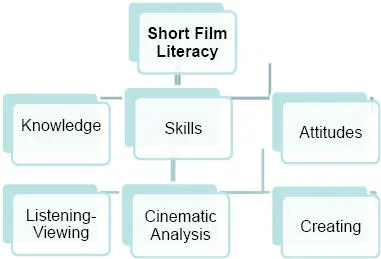
Fig. 8: Short Film Literacy
Short films are predestined for cinematic analysis, so Fig. 9 outlines a literal music video which abounds in film devices.
| Title |
Total Eclipse of the Heart |
| Type |
Literal music video |
| Source |
https://www.youtube.com/watch?v=fsgWUq0fdKk |
| Synopsis |
A literal music video is a parody of an official music video clip in which the lyrics have been replaced with lyrics that describe the visuals in the video – so you really hear what you see in this spoof on Bonnie Tyler’s classic music video of the 80s, e.g. (Pan the room) Random use of candles, empty bottles, and cloth, and can you see me through this fan? (Slo-mo dove) Creepy doll, a window, and what looks like a bathrobe. Then, a dim-lit shot of dangling balls. (Metaphor?) … |
| Features |
Parody and humourDeconstructing a cult song / videoCinematographic techniques |
| Learning potential |
Comparing original and parodyFilm analysis (cinematic devices)Lexical work and ICCCreative production of one’s own literal music video |
Fig. 9: Total Eclipse of the Heart
Читать дальше
